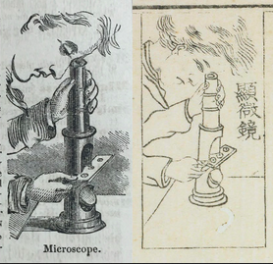This project seeks to trace the emergence of a new archival logic of images: the image bank. Across the second half of the nineteenth century—as photomechanical reproduction struggled to become commercially viable, and before syndication agencies such as Reuters and API—major publishing houses were already making efforts to consolidate control over the circulation of illustrations in print. They were able to do so, in a large part, through the ownership of physical plates reproduced primarily via electrotyping. By 1855, Harper's had consolidated an underground "vault," running 200 feet in New York's subterranean depths, with shelves eight feet high, and holding over 10,000 stereo- and electrotype plates. In the case of illustrations, duplications of plates could then be licensed and sold off to other publishers seeking to use the same image.
Hansun Hsiung's goal is to reconstruct the archive of the electroplate image—its practices of collecting, storing, selling, and reproducing—with the aim of answering two questions.
First, how did publishers' image banks redefine popular vision at a distance? Although plates and images have always traveled, the economic scale of nineteenth-century electrotype transactions created a visual culture that was at once both "mass" and "global." On the one hand, plates were licensed far and abroad, from London to New York, and from Paris to St. Petersburg. On the other hand, publishers in more removed markets such as Japan, reliant at first on woodblock technologies, faced their own challenges in accessing the market for plates, in the end often copying images and forming their own unlicensed image banks in response. The incongruities created by the unevenness of circulatory patterns, reproductive technologies, and local economic concerns reveals tensions in "mass" visual culture, suggesting ways in which the alleged copy of an image pluralizes and differentiates. While image banks taught distant observers to see in unison, they also offered tangible objects for manipulation and reinvention.
Second, what light do these early image banks shed on the Instagram-addled age that we are now experiencing—an age not just of "secondary orality," but of primary visuality? Although large storehouses of physical plates continued to be held by publishers well into the 1950s, the development of facsimile technologies slowly shifted the logic of image reproduction away from the physical exchange of plates, and toward the electronically transmitted image. Tracing the history of this transition thus allows us to answer a question at the heart of understanding not simply the oldness of "big data," but the stakes of its digital transformation: What happens when a physical database becomes electric?

